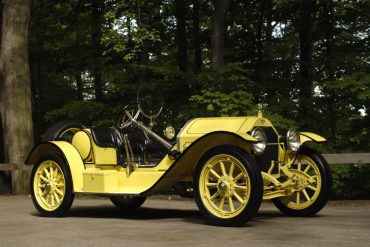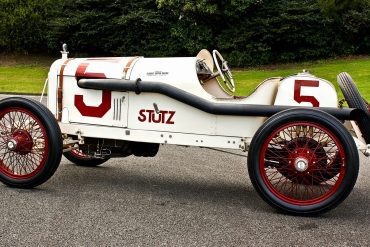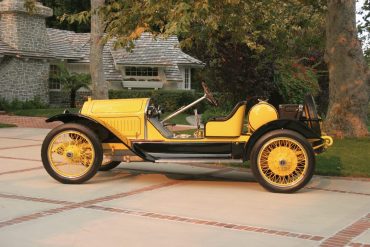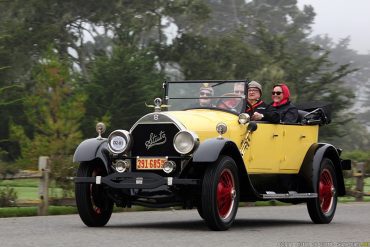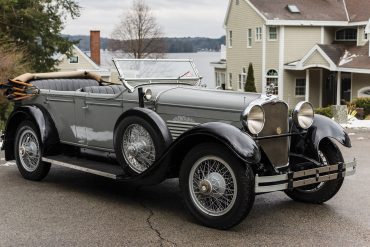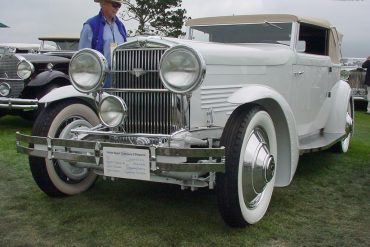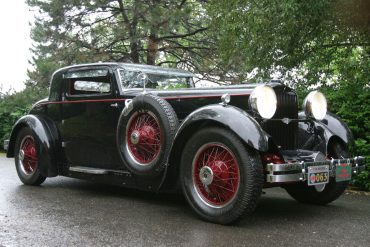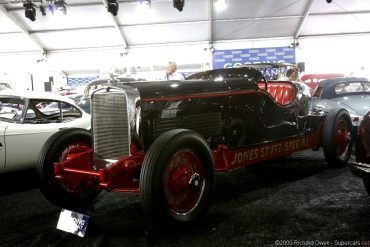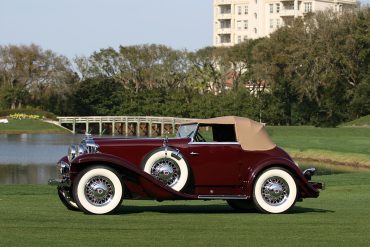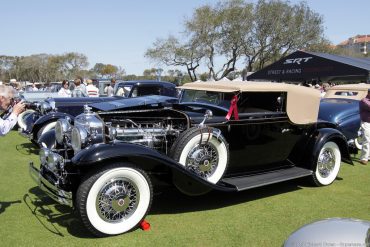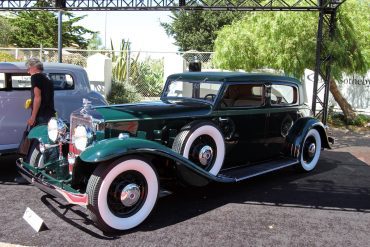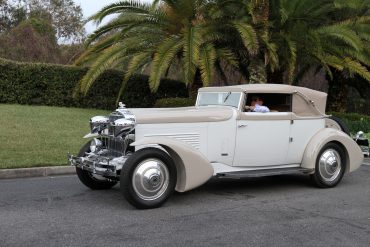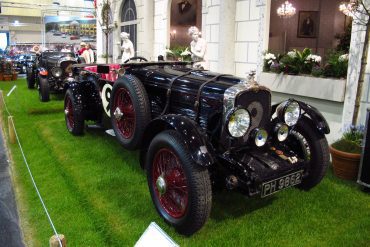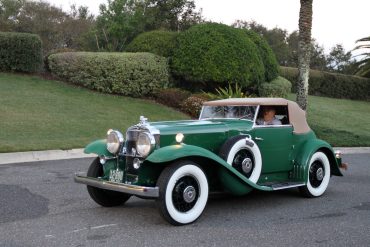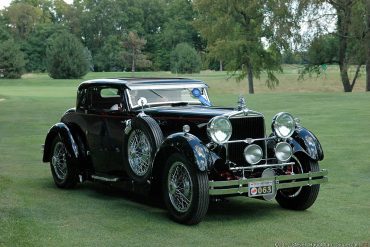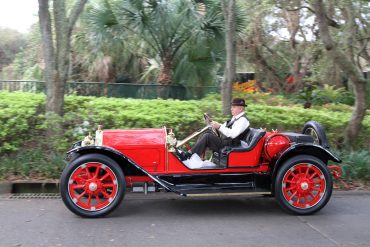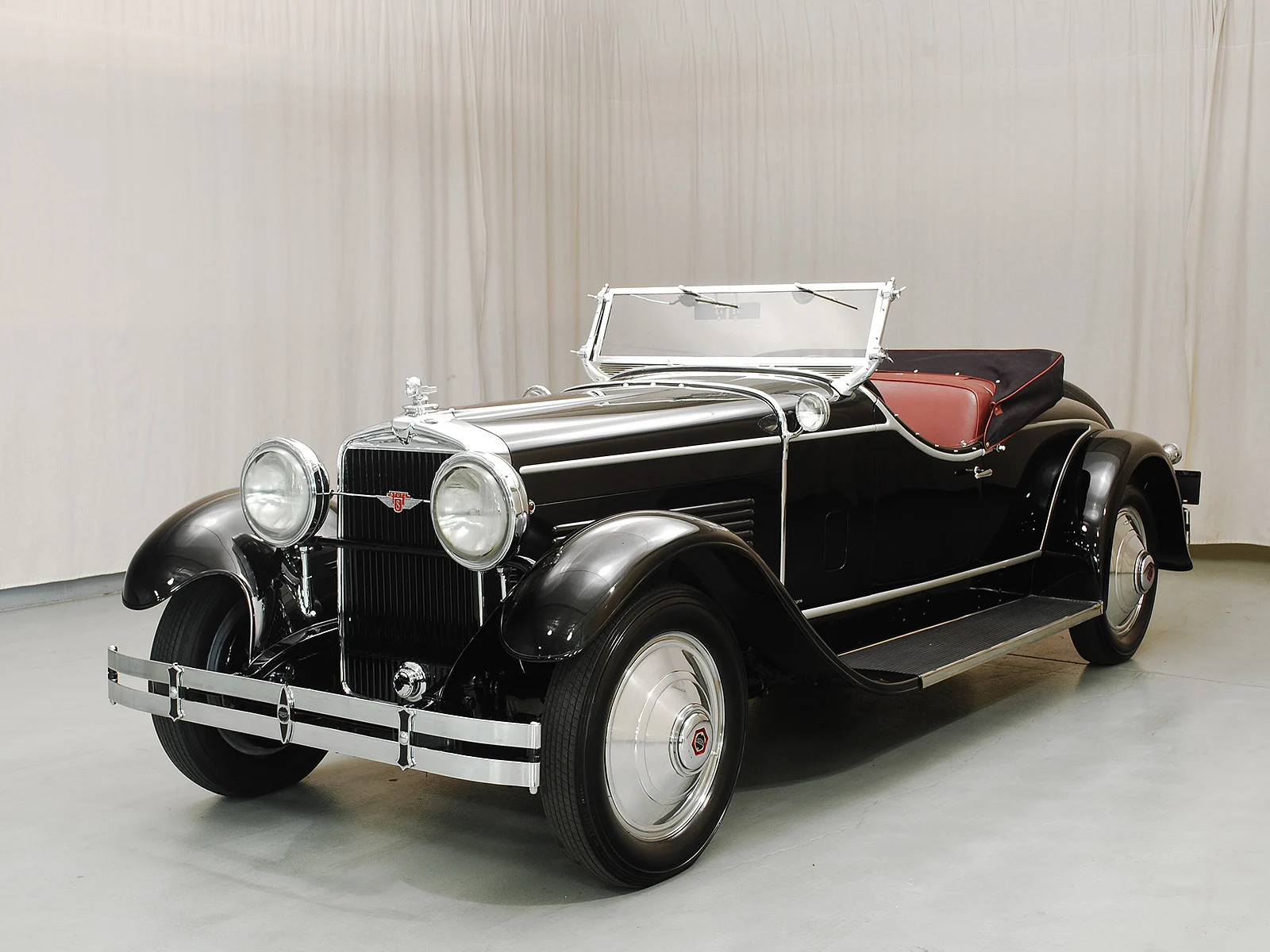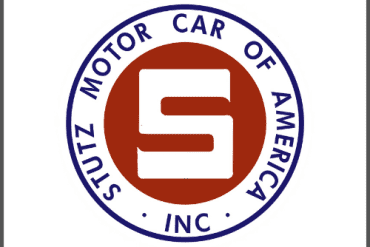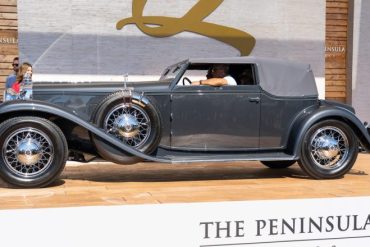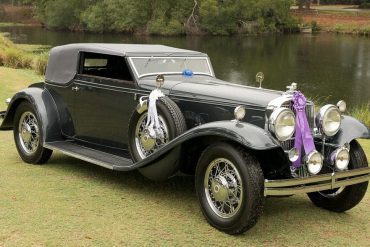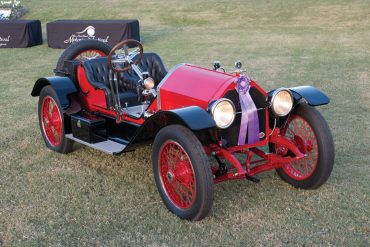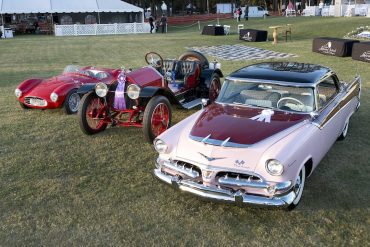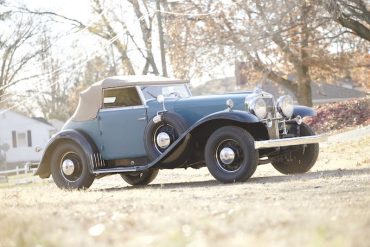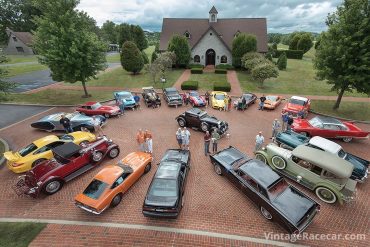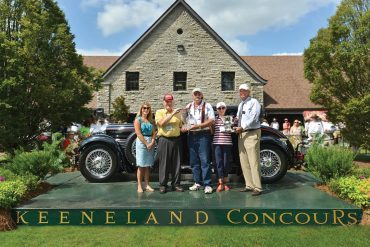
Stutz Motor Car Company
Research, History, Reviews, Media & More
Stutz Motor Car Company: A Legacy of Luxury, Innovation, and Performance
The Founding Visionary: Harry C. Stutz
Stutz Motor Car Company was founded in 1911 by Harry C. Stutz in Indianapolis, Indiana. Harry C. Stutz, an inventive and ambitious engineer, had a deep passion for automobiles and a vision to create high-performance vehicles. Stutz's background in mechanical engineering and his previous experience in the automotive industry laid the groundwork for the establishment of his own car company. His goal was to build cars that combined speed, reliability, and luxury, and he quickly made a name for himself in the burgeoning automotive market.
Early Innovations and Success
Stutz Motor Car Company's first major success came with the introduction of the Stutz Bearcat in 1911. Remarkably, this iconic car was designed and built in just five weeks to compete in the inaugural Indianapolis 500. The Bearcat finished 11th in the race, an impressive feat that earned it the nickname "The Car That Made Good in a Day." The Bearcat's performance at the Indianapolis 500 established Stutz as a serious contender in the automotive world.
Iconic Stutz Cars
Stutz Bearcat (1911-1935)
The Stutz Bearcat is arguably the most iconic model produced by the company. Known for its sporty design and powerful engine, the Bearcat was a favorite among automotive enthusiasts and racers. It featured a low-slung, minimalist body, large wheels, and a robust engine that delivered impressive speed and performance. The Bearcat became a symbol of American automotive excellence and is still celebrated today as a classic example of early 20th-century sports cars.
Stutz Black Hawk (1928-1935)
The Stutz Black Hawk was another significant model in the company's lineup. Introduced in 1928, the Black Hawk was designed to compete with the best luxury cars of its time. It featured a sleek, aerodynamic body, a powerful engine, and advanced engineering. The Black Hawk's success was highlighted by its performance at the 24 Hours of Le Mans in 1928, where it became the first American car to finish the race, securing a second-place finish. This achievement showcased Stutz's engineering prowess and cemented its reputation for building high-performance cars.
Stutz DV-32 (1931-1935)
The Stutz DV-32, introduced in 1931, was a technological marvel for its time. It featured a 32-valve, dual overhead camshaft engine that delivered impressive power and performance. The DV-32's advanced engine design was complemented by its luxurious interior and elegant styling, making it a favorite among affluent buyers who desired both speed and comfort. The DV-32's combination of innovation and luxury exemplified Stutz's commitment to excellence.
Safety and Innovation
Stutz was a pioneer in automotive safety and innovation. In 1926, the company introduced the first production car with a safety glass windshield, a significant advancement that improved driver and passenger safety. Stutz also focused on developing robust and reliable engines, advanced suspension systems, and stylish designs that set its cars apart from competitors. The company's commitment to innovation and quality helped it build a loyal customer base and a strong reputation in the automotive industry.
Challenges and Decline
Despite its successes, Stutz Motor Car Company faced significant challenges during the Great Depression. The economic downturn severely impacted the luxury car market, and Stutz, like many other high-end car manufacturers, struggled to survive. The company ceased production in 1935, marking the end of an era for the original Stutz Motor Car Company.
Revival and Celebrity Appeal
The Stutz brand was revived in the late 1960s by businessman James O'Donnell, who aimed to reintroduce the elegance and performance of classic Stutz cars. The new Stutz Blackhawk, introduced in 1970, became a symbol of luxury and exclusivity. The Blackhawk featured a distinctive design with a long hood, retro styling, and luxurious interiors. It quickly gained a following among celebrities, with notable owners including Elvis Presley, Frank Sinatra, and Dean Martin. Elvis Presley, in particular, owned several Stutz Blackhawks and famously customized one with gold-plated trim.
Legacy and Collectibility
Today, vintage Stutz cars, especially models like the Bearcat and Black Hawk, are highly sought after by collectors and automotive enthusiasts. These classic cars are celebrated for their historical significance, innovative engineering, and timeless design. Stutz's legacy of combining luxury, performance, and innovation continues to be admired and cherished by car enthusiasts around the world.
Stutz Motor Car Company's rich history is a testament to its founder's vision and the brand's commitment to excellence. From the groundbreaking Stutz Bearcat to the luxurious DV-32, Stutz cars set new standards in automotive performance and design. Despite facing economic challenges and ceasing production in the 1930s, the Stutz brand was revived and continued to capture the imagination of car enthusiasts and celebrities. The legacy of Stutz Motor Car Company endures, celebrated through its iconic cars and the lasting impact it has had on the automotive industry.
Stutz Company Basics
Founded: 1911
Founder: Harry Clayton Stutz, Henry F. Campbell
Defunct: 1939
Headquarters: Indianapolis, Indiana, U.S
Key people: Harry Clayton Stutz, Henry F. Campbell, Allan A Ryan
Did You Know
Stutz Motor Car Company was established in 1911 by Harry C. Stutz in Indianapolis, Indiana, a city known for its automotive and racing heritage.
The company's first car, the Stutz Bearcat, was designed and built in just five weeks to compete in the inaugural Indianapolis 500 in 1911, where it finished 11th.
The Bearcat's impressive performance at the Indianapolis 500 earned it the nickname "The Car That Made Good in a Day."
Stutz was an early innovator in automotive safety, introducing features like the first production car with a safety glass windshield in 1926.
The 1931 Stutz DV-32 featured a 32-valve dual overhead camshaft engine, which was highly advanced for its time and delivered impressive power and performance.
Stutz was the first American car to finish the 24 Hours of Le Mans, achieving a second-place finish in 1928 with a Stutz Black Hawk.


